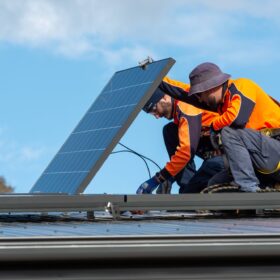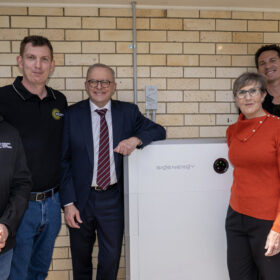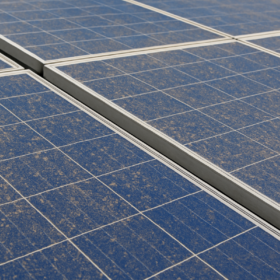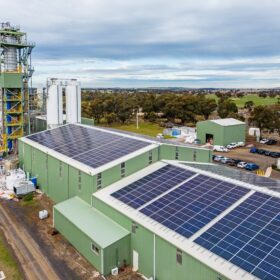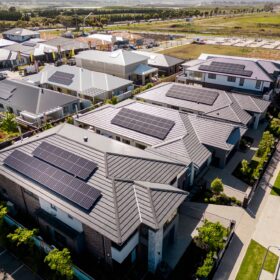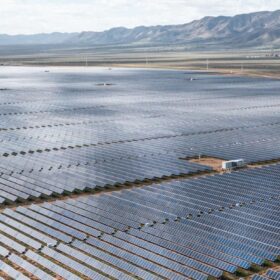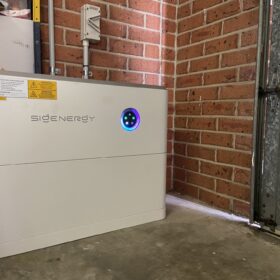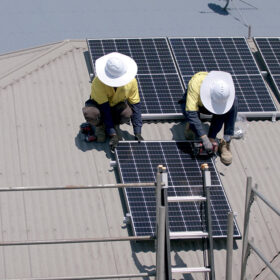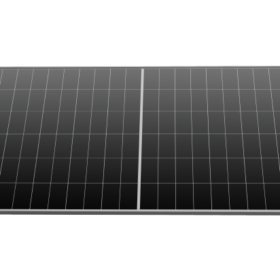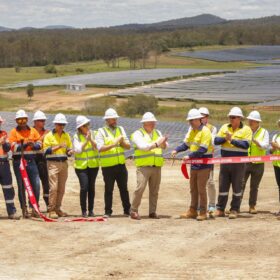China expands highway solar as provinces race to decarbonise transport
China is rapidly installing PV along highways, combining slopes, tunnels, and service areas to generate renewable electricity and cut transport-sector emissions.
Rooftop solar waste tsunami could come 10 years early if users chase savings
In a novel study to further solar waste forecasting in Australia, the economic decisions of rooftop solar owners have been shown to fast forward waste and recovery needs 10 years earlier than a system’s warranty.
Batteries now key fixture of Australia’s decarbonisation roadmap
Millions of Australian households with rooftop solar are now rapidly adding batteries to maximise their generation and regain control over escalating power bills. This is energy democracy in action, with batteries becoming a key fixture of Australia’s decarbonisation roadmap.
Researchers present inverter-based dust monitoring method for rooftop solar
Researchers in China have developed a dust monitoring technique that relies solely on the existing hardware resources of inverters, without requiring extra sensors or meteorological data. Tests on existing rooftop PV arrays demonstrated an accuracy exceeding 96%.
Victoria drives business and community group rooftop solar uptake with discounts
The Victorian government will wipe up to $25,000 off upfront installation costs for a 100 kW rooftop solar system, and up to $34,300 off a 200 kW system to reduce cost burden from transmission network upgrades, and lower consumer energy bills.
One quiet change is about to let you export much more solar
Australia has more solar panels per person than anywhere else in the world. One in three houses now has rooftop solar. Our grid operators are working hard to adjust to a new reality where the collective output of rooftop solar is one of our largest sources of power.
Fastest energy transformation in history is well underway
It’s increasingly common to hear from experts and the general public that the global shift away from fossil fuels is glacially slow, or even nonexistent but we’re already rocketing through the fastest energy transformation in human history.
Household battery uptake continues to boom
Battery installations in Australian homes and businesses have surged on the back of the federal government’s $2.3 billion home battery subsidy with new data revealing 423 MWh of battery energy storage capacity was registered across the country in August 2025.
Rooftop solar reshaping Australia’s energy mix
The rise of rooftop solar is rapidly reshaping Australia’s energy landscape with a new report revealing that PV systems mounted atop the nation’s buildings contributed 14.7% of the National Electricity Market’s total generation in the first quarter of 2025.
Longi unveils lightweight module for low-load rooftops
Chinese PV manufacturer Longi has launched a lightweight back-contact solar module for low-load commercial and industrial rooftops with limited structural load capacity.

